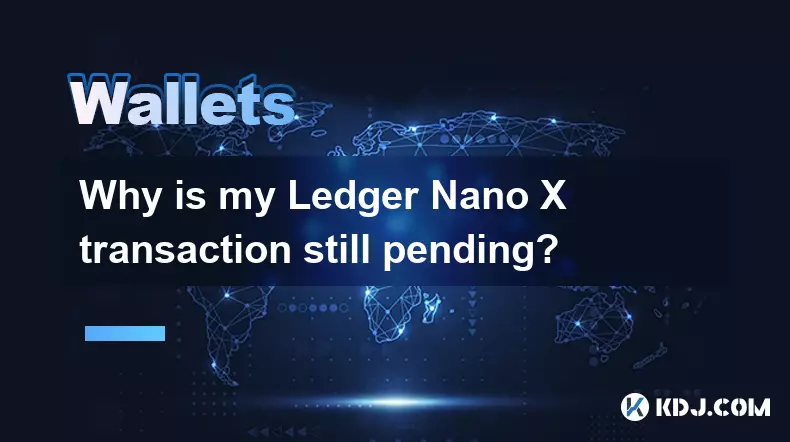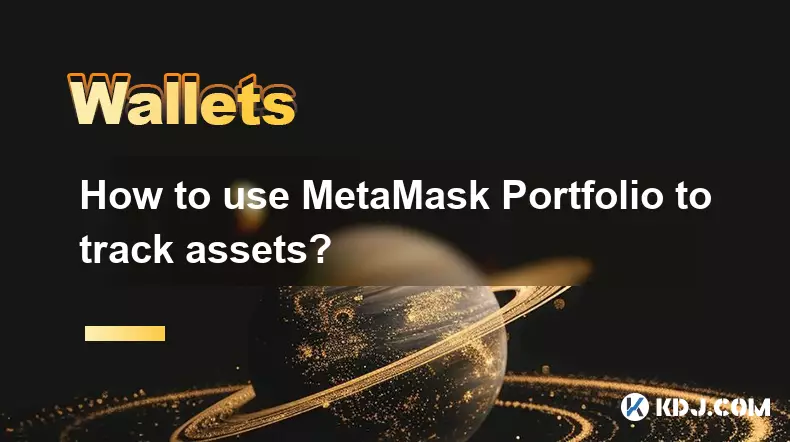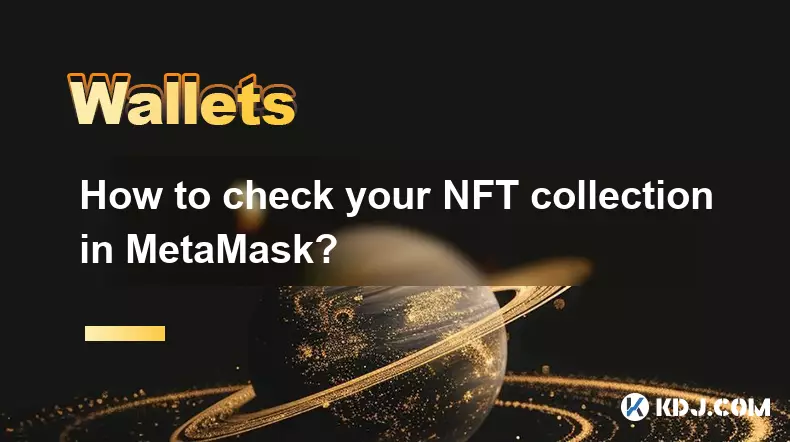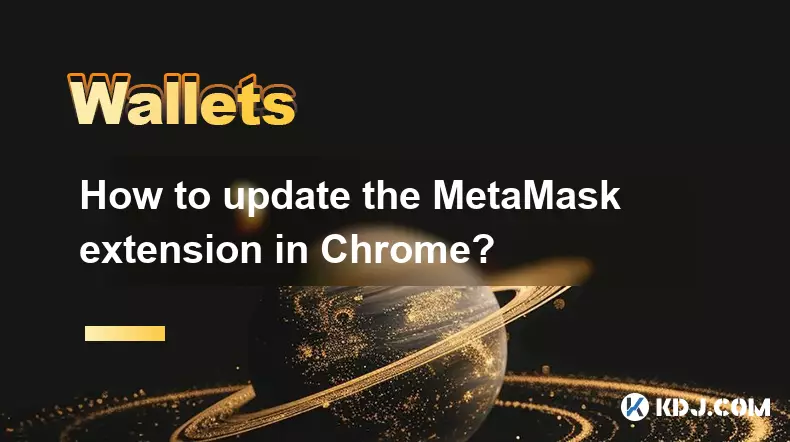-
 bitcoin
bitcoin $101752.865364 USD
-1.09% -
 ethereum
ethereum $3382.985899 USD
-1.38% -
 tether
tether $0.999658 USD
0.04% -
 xrp
xrp $2.272505 USD
-1.51% -
 bnb
bnb $989.089004 USD
0.14% -
 solana
solana $156.962612 USD
-3.08% -
 usd-coin
usd-coin $0.999776 USD
0.01% -
 tron
tron $0.290786 USD
-0.69% -
 dogecoin
dogecoin $0.174594 USD
-2.86% -
 cardano
cardano $0.560085 USD
-3.55% -
 hyperliquid
hyperliquid $40.023704 USD
-5.75% -
 chainlink
chainlink $15.324649 USD
-2.78% -
 bitcoin-cash
bitcoin-cash $493.576540 USD
-3.52% -
 zcash
zcash $571.320038 USD
-12.05% -
 stellar
stellar $0.280066 USD
-4.26%
Why is my Ledger Nano X transaction still pending?
A pending transaction on your Ledger Nano X means it's been broadcast but not yet confirmed, often due to low fees or network congestion.
Nov 03, 2025 at 03:01 pm

Understanding Pending Transactions on Ledger Nano X
1. A pending transaction in the context of cryptocurrency means that the transaction has been broadcast to the network but has not yet been confirmed by miners or validators. When using a Ledger Nano X, this situation can arise due to several factors tied to blockchain mechanics and user settings.
2. The device itself does not process transactions; it only signs them securely. Once signed, the transaction is sent via connected software like Ledger Live to the blockchain network. If confirmation doesn’t occur promptly, the issue typically lies beyond the hardware wallet.
3. Network congestion plays a major role. During peak usage times on blockchains such as Bitcoin or Ethereum, thousands of transactions compete for limited block space. This backlog delays confirmations, especially for transactions with lower fees.
4. Transaction fees are determined when you initiate the transfer through your interface. If the fee attached is too low relative to current network demand, miners may deprioritize it. This results in prolonged wait times before inclusion in a block.
5. Some wallets allow fee customization. Users who opt for economy pricing without adjusting for real-time conditions often experience extended pending periods. Monitoring gas prices on Ethereum or sat/vB rates on Bitcoin at the time of sending is crucial.
Common Causes Behind Delays
1. Insufficient transaction fees remain the most frequent cause. Blockchain networks operate on a bidding system where higher fees gain faster processing. A transaction stuck in the mempool may simply lack competitive incentives for miners.
2. High traffic on the network exacerbates delays. Events like NFT mints, exchange withdrawals, or market volatility spike transaction volumes. Even properly priced transfers can face temporary holds during such surges.
3. Incorrect backend configurations in associated applications might contribute. Issues within Ledger Live, browser extensions, or node connectivity problems could interfere with proper propagation of the transaction hash.
4. Double-spending attempts or malformed transaction data can lead to rejection or indefinite holding in the mempool. While rare with Ledger’s secure signing, errors in manual parameter entry increase this risk.
5. Orphaned blocks occasionally result in temporary disappearances of transactions. If a block containing your transaction gets discarded due to consensus rules, the network reverts it to pending status until reconfirmed.
Steps to Resolve and Monitor Stuck Transactions
1. Verify the transaction ID (TXID) on a blockchain explorer. Enter the hash into platforms like Etherscan or Blockchair to check its status. This confirms whether it was broadcast successfully and how many confirmations it has received.
2. Check current network fee trends. Tools like GasNow or BitPay’s fee estimator provide live recommendations. Comparing your fee against average rates helps determine if underpayment is the culprit.
3. Utilize replace-by-fee (RBF) if enabled during initial setup. This feature allows resubmitting the same transaction with a higher fee to accelerate processing. Not all wallets support RBF, so compatibility must be verified beforehand.
4. Consider child-pays-for-parent (CPFP) strategies. If you control the receiving address, spending the unconfirmed output with a high-fee transaction can incentivize confirmation of both transactions simultaneously.
5. Wait for automatic timeout in extreme cases. Most networks eventually drop unconfirmed transactions from the mempool after a set period, returning funds to the sender. After clearance, resend with adjusted fees.
Frequently Asked Questions
Can I cancel a pending transaction from my Ledger Nano X?No direct cancellation is possible once a transaction is broadcast. However, if RBF was activated, you can replace it with a new one. Otherwise, waiting for expiration or using CPFP techniques are the available options.
Does restarting my Ledger Nano X help clear pending transactions?Restarting the device has no effect on already broadcast transactions. The state of the blockchain and mempool is independent of the hardware wallet. The transaction remains in the network queue regardless of device status.
Why does my transaction show “pending” in Ledger Live but not appear on the blockchain explorer?This discrepancy suggests the transaction failed to propagate across nodes. It may have been rejected due to invalid parameters or lost during transmission. In such cases, the balance should revert after a timeout, allowing a fresh attempt.
Is it safe to send another transaction while one is still pending?Proceeding with caution is advised. Sending a second transaction using the same unspent inputs can create conflicts. Wallets usually prevent this, but manual tools might allow overlapping spends, potentially leading to loss of funds.
Disclaimer:info@kdj.com
The information provided is not trading advice. kdj.com does not assume any responsibility for any investments made based on the information provided in this article. Cryptocurrencies are highly volatile and it is highly recommended that you invest with caution after thorough research!
If you believe that the content used on this website infringes your copyright, please contact us immediately (info@kdj.com) and we will delete it promptly.
- Ripple (XRP) in 2026: Hold or Fold? A Look at XRP's Future and Emerging DeFi Alternatives
- 2025-11-08 18:35:01
- Zcash ZEC Coin Price Explosion: From Privacy Niche to Center Stage
- 2025-11-08 18:55:01
- Berachain Price Prediction: Navigating the Honeycomb Hype in Crypto
- 2025-11-08 18:55:01
- Arthur Hayes, Gold, and Bitcoin: A Modern Monetary Trinity?
- 2025-11-08 19:15:01
- Shiba Inu's Next Move: Navigating a Shifting Market
- 2025-11-08 19:20:01
- Pakistan's Crypto Crossroads: Balancing Opportunity with Asset-Backed Realities
- 2025-11-08 19:20:01
Related knowledge

How to use MetaMask Portfolio to track assets?
Nov 08,2025 at 05:40am
Getting Started with MetaMask Portfolio1. Download and install the MetaMask mobile app from the App Store or Google Play. Open the app and select 'Imp...

How to check your NFT collection in MetaMask?
Nov 06,2025 at 08:20pm
Accessing Your NFTs in MetaMask Wallet1. Open the MetaMask browser extension or mobile app and ensure you are logged into your wallet account. Once in...

Why is the MetaMask swap feature failing?
Nov 06,2025 at 09:20pm
Understanding MetaMask Swap FailuresMetaMask, one of the most widely used cryptocurrency wallets, enables users to swap tokens directly within the int...

How to update the MetaMask extension in Chrome?
Nov 08,2025 at 07:39am
Updating the MetaMask extension in Chrome is a simple process that ensures you have access to the latest security features, performance improvements, ...

How to import an account into MetaMask using a private key?
Nov 07,2025 at 07:40am
Importing an Account into MetaMask with a Private KeyMetaMask is one of the most widely used cryptocurrency wallets, particularly within decentralized...

What to do if my MetaMask wallet was compromised?
Nov 06,2025 at 04:59pm
Immediate Steps to Take After a Compromised MetaMask Wallet1. Disconnect your device from any phishing websites immediately. If you clicked on a suspi...

How to use MetaMask Portfolio to track assets?
Nov 08,2025 at 05:40am
Getting Started with MetaMask Portfolio1. Download and install the MetaMask mobile app from the App Store or Google Play. Open the app and select 'Imp...

How to check your NFT collection in MetaMask?
Nov 06,2025 at 08:20pm
Accessing Your NFTs in MetaMask Wallet1. Open the MetaMask browser extension or mobile app and ensure you are logged into your wallet account. Once in...

Why is the MetaMask swap feature failing?
Nov 06,2025 at 09:20pm
Understanding MetaMask Swap FailuresMetaMask, one of the most widely used cryptocurrency wallets, enables users to swap tokens directly within the int...

How to update the MetaMask extension in Chrome?
Nov 08,2025 at 07:39am
Updating the MetaMask extension in Chrome is a simple process that ensures you have access to the latest security features, performance improvements, ...

How to import an account into MetaMask using a private key?
Nov 07,2025 at 07:40am
Importing an Account into MetaMask with a Private KeyMetaMask is one of the most widely used cryptocurrency wallets, particularly within decentralized...

What to do if my MetaMask wallet was compromised?
Nov 06,2025 at 04:59pm
Immediate Steps to Take After a Compromised MetaMask Wallet1. Disconnect your device from any phishing websites immediately. If you clicked on a suspi...
See all articles





















![The Graph Price Prediction [GRT Crypto Price News Today] The Graph Price Prediction [GRT Crypto Price News Today]](/uploads/2025/11/07/cryptocurrencies-news/videos/690d4df44fe69_image_500_375.webp)




















































